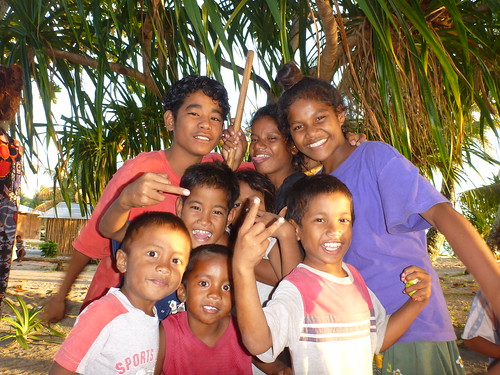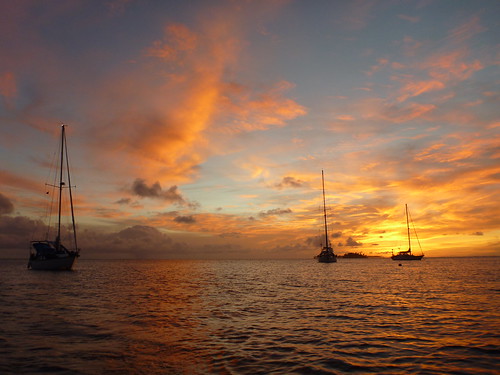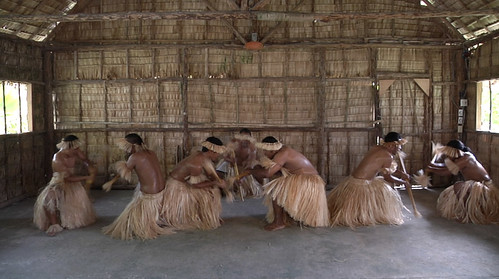Adopting from Marshall Islands
Contents
Hague Convention Information
Marshall Islands is not a party to the Hague Convention on Protection of Children and Co-operation in Respect of Intercountry Adoption (Hague Adoption Convention). Intercountry adoptions of children from non-Hague countries are processed in accordance with 8 Code of Federal Regulations, Section 204.3 as it relates to orphans as defined under the Immigration and Nationality Act, Section 101(b)(1)(F).
Although the “Compact of Free Association” between the Marshall Islands and the United States permits Marshallese citizens to travel to and live in the United States without a U.S. visa, this provision is not applicable to adopted children who will reside permanently with U.S. families in the United States. Prospective adoptive parents of Marshallese children must go through the appropriate Marshallese adoption procedures as well as the relevant U.S. immigration procedures related to adopted foreign orphans. Adopted Marshallese children who enter the United States without a visa may later have difficulties adjusting their U.S. immigration status and, eventually, acquiring U.S. citizenship.
Prospective adoptive parents should either plan to remain in the Marshall Islands for approximately four to five weeks before returning to the United States with the child or plan to make two separate trips, the first to complete the local adoption process and file the child’s Form I-600 petition and DS-260 immigrant visa application and the second to receive the approved immigrant visa for the child and bring him or her home. The U.S. Embassy in Manila, Philippines adjudicates and issues immigrant visas for children adopted in the Marshall Islands and delivers them to the U.S. Embassy in Majuro. Prospective adoptive parents should not make non-refundable travel plans prior to receiving all necessary documentation and immigrant visa(s) for the adopted child(ren). For more information, please see the ‘U.S. Immigrant Visa’ section below.
U.S. IMMIGRATION REQUIREMENTS FOR INTERCOUNTRY ADOPTIONS
To bring an adopted child to the United States from the Marshall Islands, you must meet eligibility and suitability requirements. The U.S. Department of Homeland Security, U.S. Citizenship and Immigration Services (USCIS) determine who can adopt under U.S. immigration law.
Additionally, a child must meet the definition of orphan under U.S. immigration law in order to be eligible to immigrate to the United States on an IR-3 or IR-4 immigrant visa.
Who Can Adopt
Residency
Age of Adopting Parents
Marriage
Income
Other
Who Can Be Adopted
How to Adopt
Adoption Authority
The Process
Traveling Abroad
After Adoption
SOURCE
Intercountry Adoption, Bureau of Consular Affairs. U.S. Department of State Country Information










